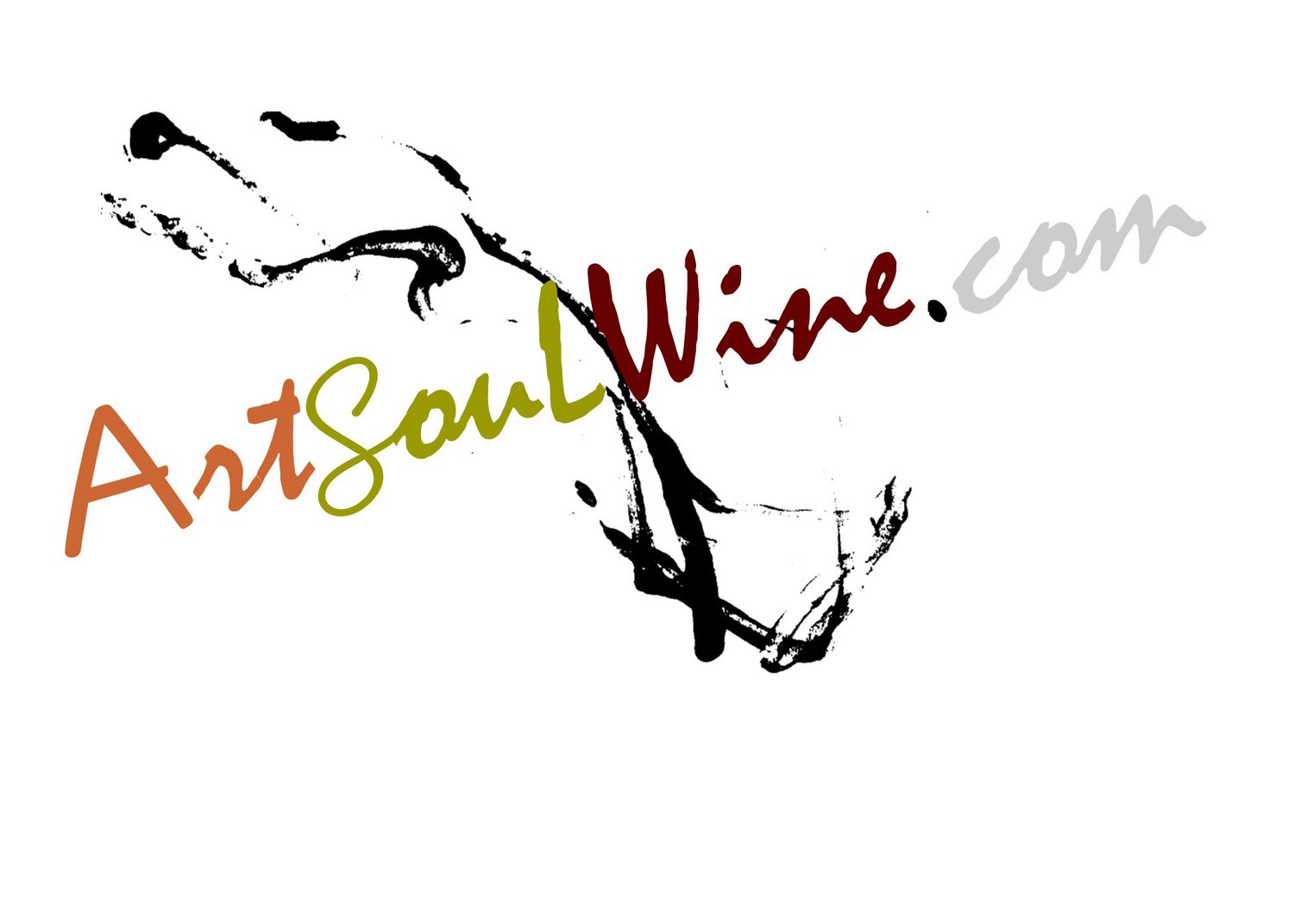Wine Pick of the Week: November 25, 2015
/DAOU 2013 Cabernet Sauvignon
Well, isn’t this pretty? The last in the Paso Robles series is a young Cabernet Sauvignon by DAOU Vineyards (www.daouvineyards.com.) This winery sits atop a Paso hill overlooking vineyards and a lot of other beautiful hills. DAOU was the dream of two brothers who grew up drinking fine wines from Europe. The brothers hit it big in Silicon Valley, sold their company and decided to realize that dream of creating Bordeaux-style wines in California. The vineyard practices sustainable farming, hand picks the grapes and uses the free run process to extract the juice. Free run allows the juice to flow naturally via gravity rather than using a press. DAOU wines are truly handcrafted.
On this bottle, I could smell the fruit upon opening it. The nose gives you blackberries and oak, then vanilla and red berries. It’s a little tannic and would probably benefit from a year or two in the cellar. Allowing it to sit in the glass or a decanter for half an hour calms the tannins a bit. Flavors include blackberries at first, transitioning to plum, oak and some black pepper.
Whether it’s the climate or the terroir, this isn’t a northern California wine. It’s more rustic—like Paso Robles. It’s been fun revisiting this month. For information on Paso’s history and other wineries, click here for a feature article I wrote for the Times Leader.


















